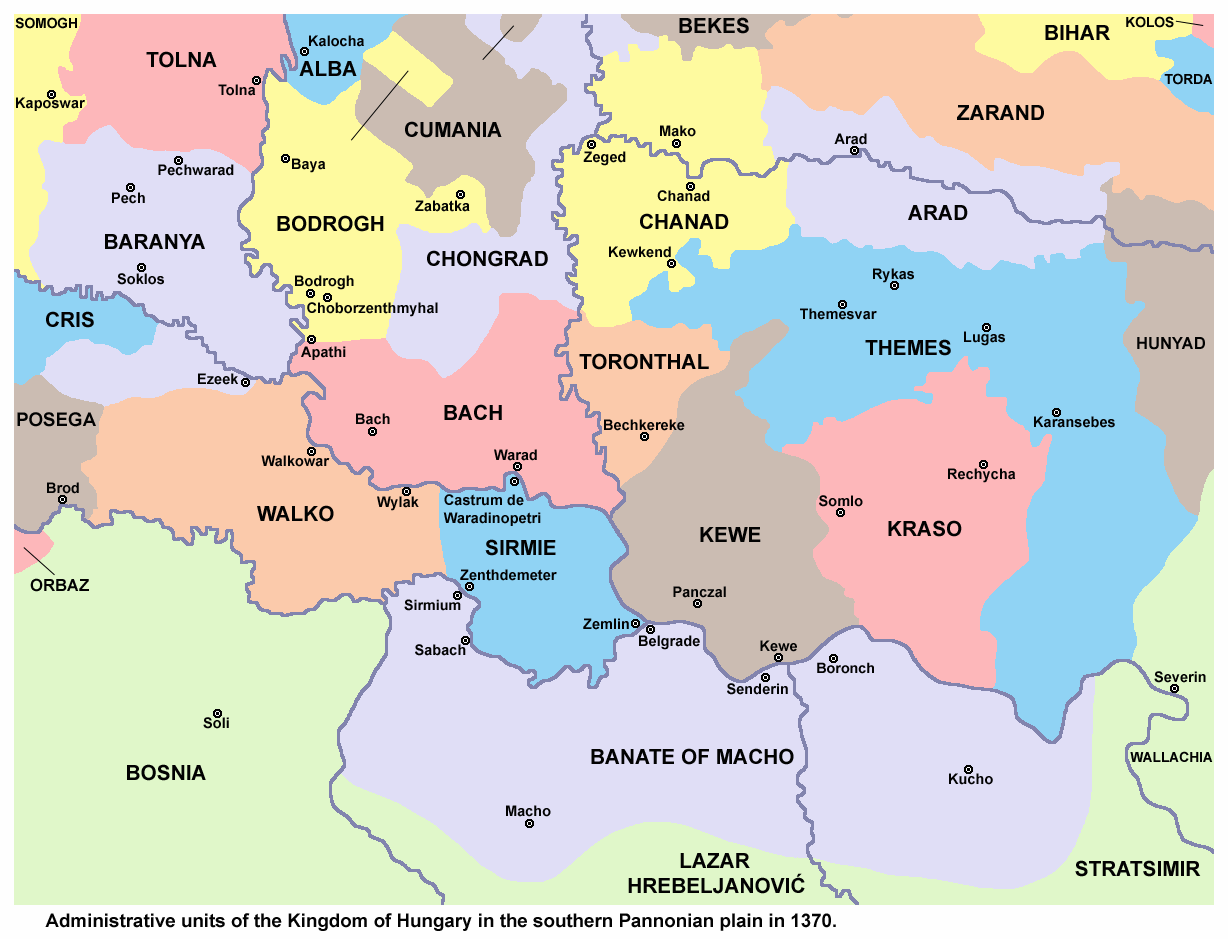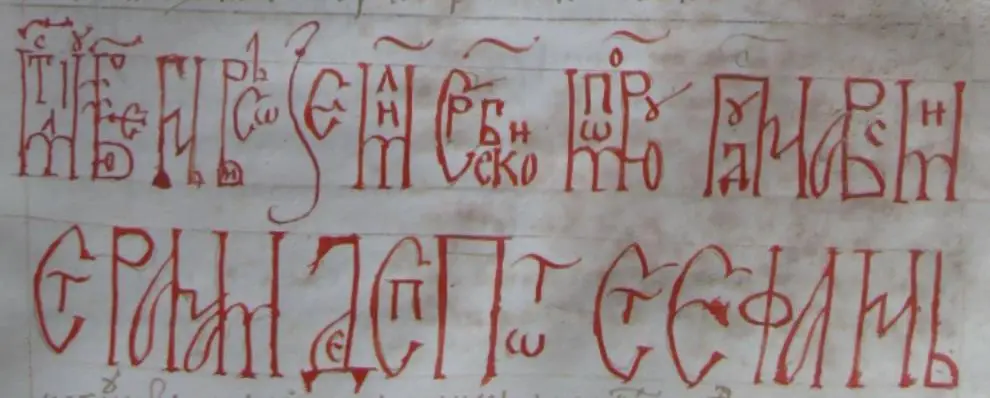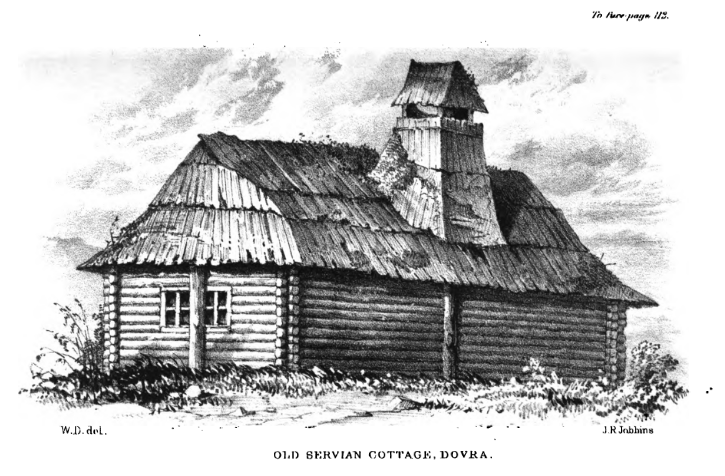By Jovan Dučić
First published in Amerikanski Srbobran, 1942
II
It was certainly very wrong and completely sinful to impute to Croats that they are the creators of an idea of solidarity of South Slavs, called “Yugoslavism” and which was to be considered sufficient as a basis and for creating a unified state of those Slavs. Croats themselves did not claim anything similar for themselves. The most fiery Croat patriots even publicly renounced such an idea. This is what this writing of ours is aiming to prove and only with reasons which we find to be solid.
Let us start with our states in the Middle Ages. Let us see whether among the South Slavs there was any feeling of racial and tribal solidarity, in the manner which in our time “Yugoslavism” was to be considered.
There are no signs at this time about any sort of a national or racial ideology, as a connection between our state units! There was no such phenomenon in the states of other ethnic groups in Medieval Europe either. Nationalism is in general a feeling with recent origins; it is said that it was born after the Battle of Valmy, during the French Revolution and then nationalism was defined only with the Napoleonic Wars. – For Slavs it could be said that to the contrary they always made war between themselves and through a number of centuries. Serbs, already at the foundation of their first State in Raška [tran. note: medieval name in Latin is Rascia] around 825. made war and defeated the Bulgars, for which the latter got a revanche very quickly. Bulgarian king Michael Shishman [tran. note: Michael Asen III] made war in 1330. against Serbia, when the Serbs in vain sent word to this Christian ruler that “Agaryans”[tran. note: medieval Serbian name for Turks] are ready to rush in from Asia and that the endangered Christianity should be defended jointly. Having died in this defeat, Michael Shishman left as the heir a king who was a vassal of Dušan [tran. note: Stefan Uroš IV Dušan, also nicknamed “the Mighty”]: and with that the medieval hegemony finally passed into Serbian hands! Such were the relations of our two Slavic and neighbouring medieval states. -As Emperor Dušan came up to Klis above Split and almost took control of all the lands on the west of the Slavic Balkans, had other circumstances not taken him eastwards, maybe some unification would have been possible at that time and more likely than in any time afterwards. The second Serbian king, Tvrtko, “King of Serbs, Bosnia and Primorje” [tran. note: primorje means “the seaside” or “the coast”] (Миклошић, Мон. Сербика, 187 и 438) performed a short-lived unification, which was more of a conquest.
There is no mention of alliance between our Yugoslav state groups. If it is said that at the council of the Croatian King Tomislav was also our knez of Hum, the “velikoslavni” knez Miroslav, “with Serbian nobles”, nothing that resembled an alliance is mentioned or a road to unification. Even if two Serbian rules, knez Lazar and King Tvrtko, later once aided the Croat rebels against Hungary, that was perhaps more to weaken King Sigismund, rather than saving the Croats, destined for conquest as they were. Therefore there is no sign of any sort of a racial and Yugoslav affinities between Serbs and Bulgars and Croats throughout the Middle Ages, until the dawn of the XIX century. And we will see how much of it there truly was even in that century.
One should certainly keep in mind that this XIX century came after the bloody pogroms of Serbs in Croatia and Slavonia, especially in the time of Empress Maria Theresa. These pogroms were similar to those in the time of Saint Dominic which happened in the Pyrénées. All Serbs who would not convert to Catholicism or be Unionised [tran. note: “Uniates” were allowed to keep their form of worship, but had to accept the Pope as the head of their Church] would wilt in dungeons, tortures or were forced to settle in Hungary, Italy, Wallachia or all the way to Russia. These pogroms, were in any case based on an old template. Already Sixtus II had ordered the Hungarian king to destroy the schismatics in Bosnia, which is to say bogumils; but the Orthodox as well, who always comprised the main population of Bosnia. This crusade lasted for full six years! And as the Hungarian army was mixed (Croato-Hungarian) already since the time of Coloman, that means that on Vrbas and Bosnia [tran. note: rivers in Bosnia and Herzegovina] the slaughters were done by the ancestors of today’s Ustaše, just like these do it today.
These kinds of memories existed among the Serbs and Croats until the dawn of the XIX century. No tribal solidarity and no “Yugoslavism” throughout the whole Middle Ages.
Translated by Books of Jeremiah



